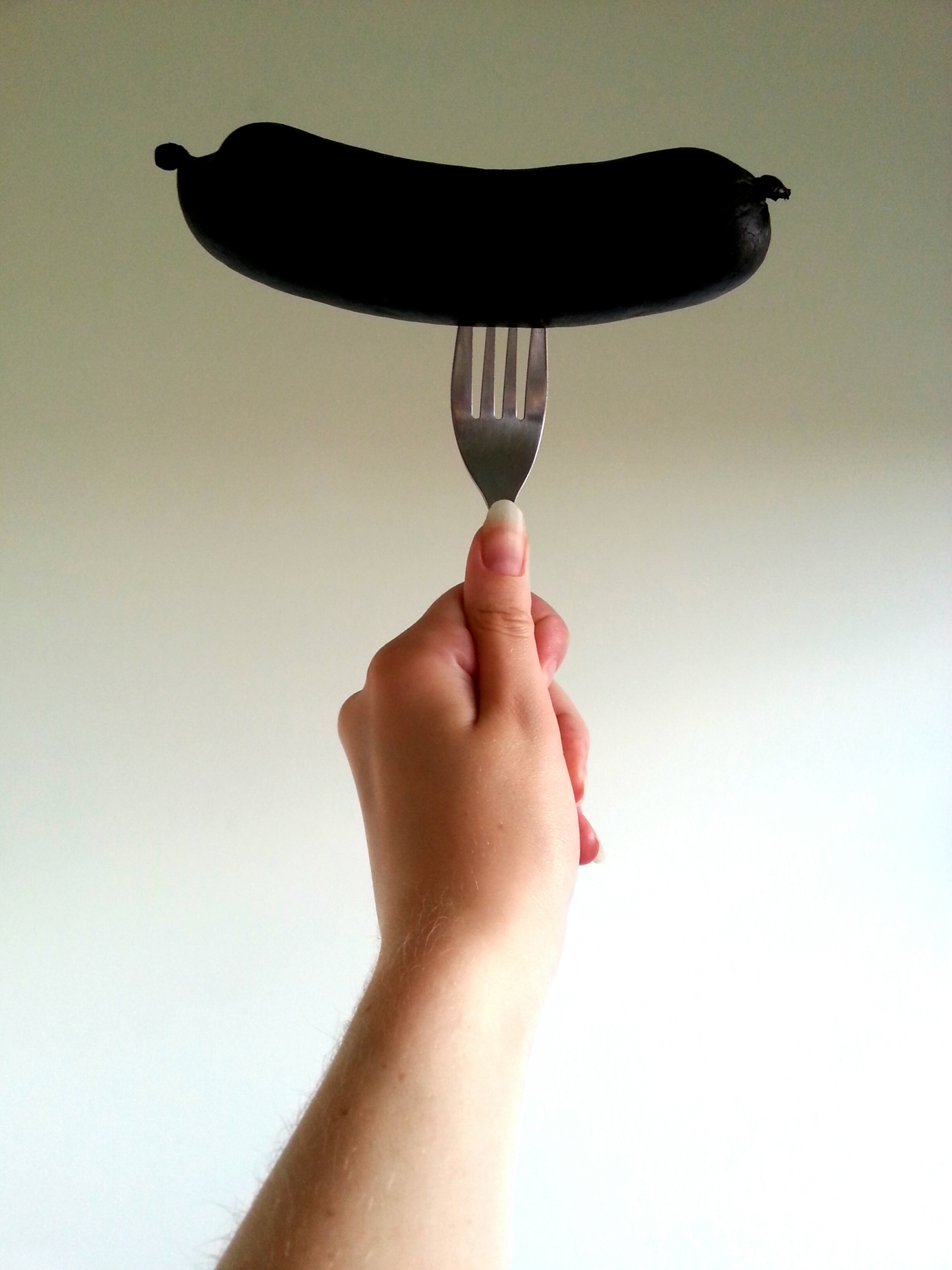Long, warm summer days are a great time to be a little more adventurous. For some that seems to mean turning their eyes to the sky for a ‘thumbs-up’ parachute jump, if my FB feed is anything to go by, but my ambitions are a little closer to home and ask you to look at your dinner plate for a challenge. Eco tip two is to opt in to ‘Meat Free Mondays’.
Why? The environmental, health, monetary and moral aspects are all good reasons to sign up for Meat Free Mondays, the most important for me being the environmental aspects. Here’s a quick guide why:
We’ll start with a cow, Daisy. Daisy eats well, very well, consuming 10 kilos of feed for every 1 kilo of her meat. This feed is from crops that could feed you or me or any of the world’s hungry but it’s only for Daisy. It is also grown on land that has been cleared for the purpose, so goodbye the Amazon and biodiversity. The fertiliser for the crops releases the potent greenhouse gas nitrous oxide and the rest runs off into rivers causing a chain of unfortunate events for the water world. But let’s return to Daisy. She’s ruminant which makes her a little, erm, gassy. In fact, in a year, Daisy alone belches out enough methane to create the CO2 equivalent of TWO return flights from LDN to NYC. There and back, there and back, for 200 passengers and the crew. When Daisy has finished eating and belching nature takes it course and we are left with the problem of manure. Whilst beneficial for soil in smaller amounts, intensive farming has such high manure levels that is poses threats to waterways, the atmosphere and has also been linked to acid rain (1). It should be no surprise then that the agricultural industry produces more CO2 than the motor industry (2). (confession: I did find this surprising)
The moral reasons for reducing meat consumption come a close second. Intensive farming is a factory system that reduces animals to non-sentient units of production and has no qualms in putting animals in small areas that cause immense distress and disease which is remedied through masses of antibiotics. Of the world’s total production of antibiotics, half are used on farm animals (3). A tasty prospect.
Eating less meat then is good for the environment! I’m sure we can all forgo the routine lunch and dinner bites for some friendlier vegetable alternatives. If that doesn’t sway you though remember that cutting back on meat is also better for our health, particularly cholesterol levels, as well as our wallets, with veg being significantly cheaper than meat. Convinced? Good! So how should we go about ensuring success in sticking to Meat Free Mondays? Here are some tips for what I find works:
Pick your favourite veg – is a good place to start for the slightly daunted, planning and pinning your favourite veg recipies
Make a big deal of it – get the candles lit, set the table, make it a special evening when everyone in your flat makes an effort to be there.
Rope your friends in – swap dinner duties and go around to each other’s apartments, do some recipe swapping and show off your culinary skills.
Share your success – with your friends and family and encourage them to get on board; perhaps even tweet a pic through to the lovely people @MeatFreeMonday
The Meat Free Monday website is a great place to start if you want to look into it further. It’s a great way to start decreasing meat-eating if you’re not quite ready to go full vegetarian yet. It’s called the ‘flexitarian’ diet and it’s on the rise. Read this great article ‘we are what we eat, but that doesn’t mean we can’t change’ to bolster your efforts. Let me know of any successes or challenges you have in your adventure into meatfree days. Bon appetit!
Sources
1. The Rough Guide to Green Living (Duncan Clark)
2. Article based on 2006 UN report , ‘Livestock’s long shandow’ with demands for 2050, quick!
3. Compassion in World Farming article here
